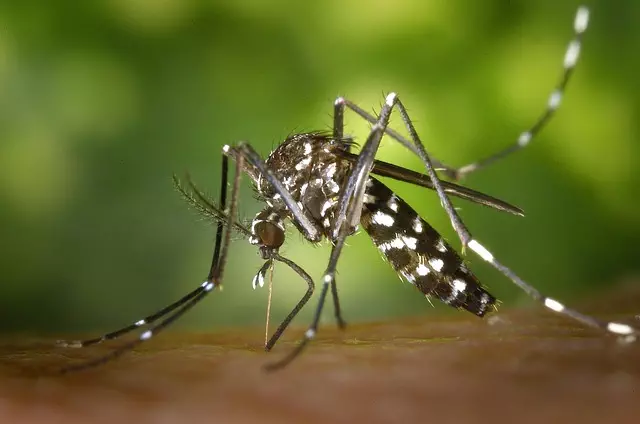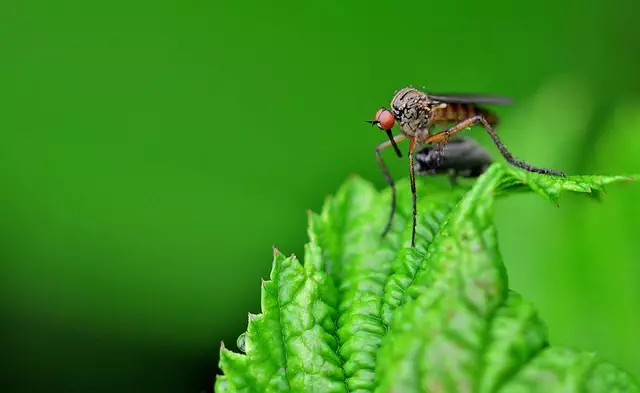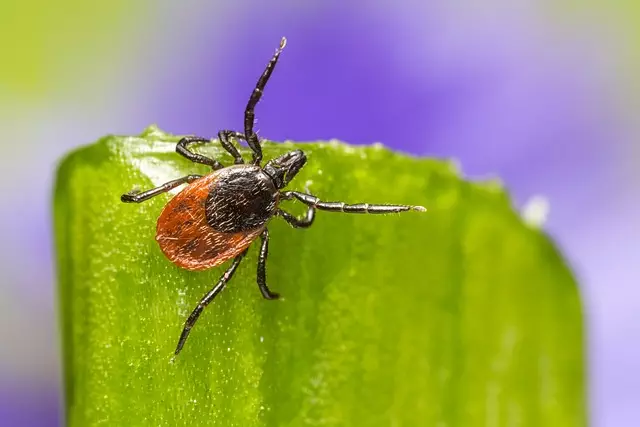Understanding mosquito and tick behavior is key to effective control. These pests are attracted to specific conditions like carbon dioxide, lactic acid, moisture, and vegetation. Preventative measures include avoiding peak activity times, using repellents, and maintaining outdoor spaces. Targeted strategies involve eliminating breeding sites and proper landscaping. Repellents, traps, and physical barriers offer robust protection. Natural remedies and professional services are available for persistent issues. Safe removal techniques and preventive practices minimize future infestations by reducing standing water and managing habitats.
Tired of relentless mosquito and tick bites? Understanding their behavior and habitats is key to effective mosquito and tick control. From identifying common breeding grounds to employing repellents, traps, and natural remedies, this guide covers it all. Learn about professional services, safe removal techniques, and preventive measures to reclaim your outdoor spaces. Master the art of mosquito and tick control and enjoy a bite-free summer.
Understanding Mosquito and Tick Behavior

Understanding the behavior of mosquitoes and ticks is a crucial step in implementing effective mosquito and tick control measures. Mosquitoes are primarily active during dawn and dusk, when they seek blood meals from hosts like humans and animals. They are attracted to carbon dioxide, lactic acid, and body heat, making them frequent visitors to outdoor areas where these elements are present. Ticks, on the other hand, have a more varied behavior. Some species prefer crawling on vegetation, waiting for suitable hosts to pass by, while others actively seek out hosts by climbing onto them. They can remain attached for extended periods, feeding on blood and potentially transmitting diseases.
Knowledge of their habits enables people to take preventive measures such as avoiding areas with high mosquito or tick activity during peak times, wearing protective clothing, and using repellents. Regularly maintaining outdoor spaces by removing standing water—a breeding ground for mosquitoes—and ensuring proper vegetation management can also significantly reduce the presence of these pests, enhancing overall mosquito and tick control efforts.
Common Mosquito and Tick Habitats

Mosquitoes and ticks thrive in specific environments, making their control an essential aspect of pest management. These pests are often found in areas with abundant water sources, as mosquitoes require standing water to breed, while ticks prefer moist, shady habitats. Common mosquito breeding grounds include stagnant pools, ponds, buckets, flower pots, and any containers that hold water. Ticks, on the other hand, are more likely to be found in lush vegetation, forests, and areas with high grass or shrubbery. They often wait for hosts on the tips of grasses or low-lying plants, ready to attach as soon as an animal or human passes by. Understanding these habitats is crucial for implementing effective mosquito and tick control measures, such as eliminating standing water and maintaining proper landscaping.
Effective Repellents and Traps

Effective mosquito and tick control starts with understanding what drives them away. Natural repellents like citronella, lavender, and mint can be effective, but for more robust protection, synthetic options such as DEET and picaridin prove superior. These chemicals create a barrier against insects, making them ideal for outdoor activities.
In addition to repellents, traps play a crucial role in mosquito and tick control. CO2-based traps attract and capture both mosquitoes and ticks, offering a more targeted approach. However, for widespread areas, sticky traps or fine mesh nets can be effective barriers, capturing insects as they land.
Physical Barriers for Protection

Physical barriers are an effective first line of defence in mosquito and tick control. Installing screens on windows and doors keeps these pests out of your home, providing a comfortable and safe environment. For outdoor spaces, consider using physical barriers like netting or mesh to enclose patios, decks, and gardens, creating a protective zone where you can enjoy the fresh air without unwanted guests.
These barriers are especially beneficial during peak mosquito and tick activity times, such as dawn and dusk. By physically blocking their entry points, you significantly reduce the risk of bites and the potential transmission of diseases carried by these insects. This simple yet powerful method is a fundamental strategy in any comprehensive mosquito and tick control plan.
Natural Remedies and Home Remedies

Many people prefer natural remedies for mosquito and tick control, opting for methods that avoid harsh chemicals. One popular home remedy involves using essential oils like citronella, lavender, and tea tree oil. These aromatic compounds can be applied topically or diffused to repel mosquitoes and ticks due to their strong scents that these pests find unappealing.
Another natural approach is to create a physical barrier using materials found around the house. For instance, mosquito nets, screens, and even vinegar can help keep insects at bay. Vinegar, with its acetic acid content, is known to deter mosquitoes and ticks from landing and biting. Combining essential oils with water and spraying this mixture around entry points and common habitats can also serve as an effective natural pest control measure.
Professional Mosquito and Tick Control Services

When dealing with persistent mosquito and tick problems, considering professional mosquito and tick control services can be a game-changer. These experts are equipped with advanced knowledge and technology to effectively manage and eradicate these pests from your space. They employ strategic treatments tailored to specific needs, ensuring thorough and long-lasting results.
Professional services offer the advantage of specialized equipment and products that are not readily available to homeowners. Their trained technicians can identify and target breeding grounds, applying safe and eco-friendly solutions while minimizing environmental impact. This methodical approach not only provides immediate relief but also prevents future infestations, offering a more sustainable solution for mosquito and tick control.
Safe Removal Techniques

When dealing with mosquitoes and ticks, safe removal techniques are paramount to prevent further irritation or potential health risks. The first step is to remain calm and avoid panicking, as hasty actions could lead to injury. For mosquitoes, use a pair of fine-tipped tweezers to carefully grasp the bug close to its skin attachment and gently extract it. This method minimizes the risk of disease transmission and reduces the chance of leaving behind parts of the insect’s body, which can cause an infection.
When it comes to ticks, a different approach is required. Ticks have a strong grip on the skin, so a swift yet steady motion is necessary to remove them. Use a tick removal tool or fine tweezers, applying gentle but consistent pressure behind the tick’s head to dislodge it from the host. Ensure that no part of the tick remains embedded in the skin after removal. Properly disposing of the insect afterward is also crucial for mosquito and tick control, preventing potential reinfestation.
Preventing Future Infestations

Preventing future infestations of mosquitoes and ticks is key to maintaining a comfortable outdoor environment. After successfully removing an existing population, take proactive measures to deter new arrivals. Mosquito and tick control starts with eliminating standing water, as these habitats are where many species breed. Regularly empty containers, clean gutters, and ensure proper drainage around your property.
Additional strategies involve using mosquito and tick repellents on exposed skin and clothing when outdoors, and treating pets with approved products to protect them from infestations. Installing fine-mesh screens on windows and doors can also prevent these pests from reentering your living space.
